As China deepens reforms of its State-owned enterprises, centrally administered SOEs are set to allocate more resources to develop strategic emerging industries in order to support national efforts and enhance their competitiveness, market analysts and business executives said.
Fostering innovation and strengthening self-reliance in science and technology will enhance the earning potential of central SOEs, secure more orders and project contracts in foreign markets, and contribute to building a modern industrial system, particularly in advanced manufacturing and green energy sectors, they added.
Strategic emerging industries in China include sectors such as energy-saving and environmental protection, next-generation information technology, biotechnology, high-end equipment manufacturing, new energy, advanced materials and electric vehicles, according to the State-owned Assets Supervision and Administration Commission of the State Council, or SASAC. It called for continuous efforts to deepen SOE reforms earlier this week.
The commission urged central SOEs to enhance their mechanisms for scientific and technological innovation, actively develop emerging and future industries, and continuously optimize the structure and allocation efficiency of State-owned capital.
Under the government plan, revenue from strategic emerging industries is projected to make up 35 percent of the total revenue of central SOEs by 2025.
China Oil &Gas Pipeline Network Corp, or PipeChina, pledged that it will further intensify research and development to acquire technologies for strategic emerging industries, accelerate the development of new energy storage businesses, and advance research on hydrogen blending in existing natural gas pipelines, high-pressure large-diameter pure hydrogen and carbon dioxide pipeline transportation solutions.
Zhang Wei, PipeChina's chairman, said the group aims to nurture and expand new businesses in the pipeline network sector, promote the establishment of industry standards and facilitate technological achievements.
In addition to showcasing seven new energy locomotives to offer both home and global markets new solutions for low-carbon development in rail transport in Beijing in June, Chinese train manufacturer CRRC Corp recently unveiled the world's first commercially operational metro train built with carbon fiber materials in Qingdao, Shandong province, marking a significant leap in eco-friendly urban transportation technology.
Developed by Qingdao CRRC Sifang Rolling Stock Co Ltd, one of CRRC's subsidiaries, the train boasts reduced weight and energy consumption, paving the way for a greener future for subways.
Lin Cunzeng, CRRC's vice-president, said the development of the next-generation trains will further contribute to the high-quality growth of the Belt and Road Initiative and enrich China's export content in the coming years.
Chinese SOEs generated 32.85 trillion yuan ($4.51 trillion) in operating revenue in the first five months, up 3.1 percent year-on-year, the Ministry of Finance said.
Profits of these companies totaled 1.71 trillion yuan during the January-May period, a year-on-year increase of 2.3 percent.
SOEs can also achieve rapid and effective strategic depth in emerging industries through mergers and acquisitions, said Zhou Lisha, a researcher at the Institute for State-owned Enterprises of Tsinghua University.
"It will help SOEs enter new market areas or enhance their own technological capabilities, thereby achieving rapid growth in market value," said Zhou, adding that China's continued SOE reforms, high-end products and green technologies have benefited the overseas market.
For instance, the Panati photovoltaic power station in Brazil, in which Beijing-headquartered State Power Investment Corp has invested, began operations last month. The power station has an installed capacity of 292 megawatts and can provide clean energy for more than 350,000 local households annually.
Lin Guixiang, chairman of SPIC's Brazil branch, said that after the station is connected to the grid at full capacity, it will reduce carbon dioxide emissions by around 630,000 metric tons annually as a move to help alleviate climate change.











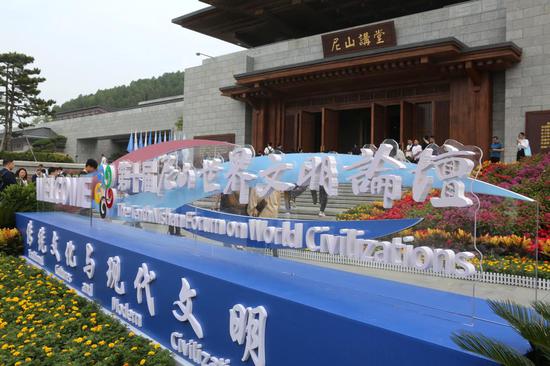





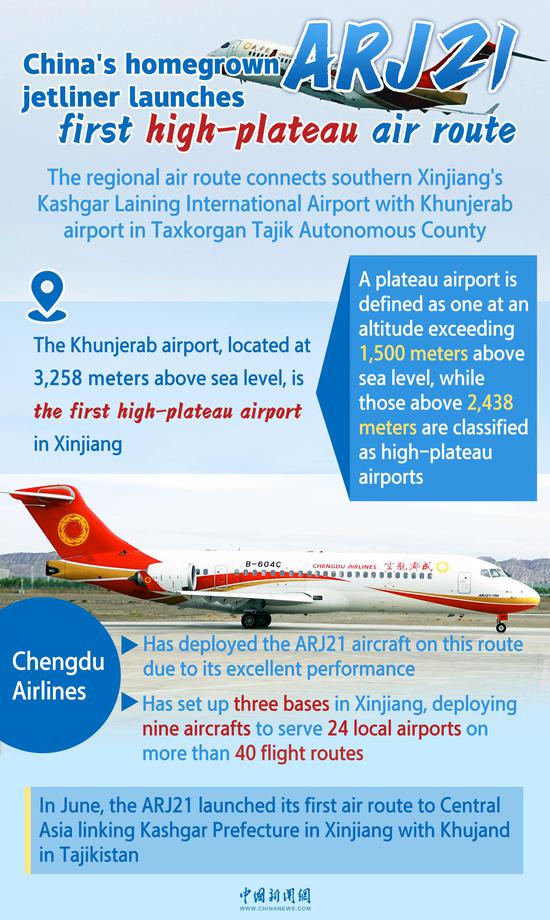



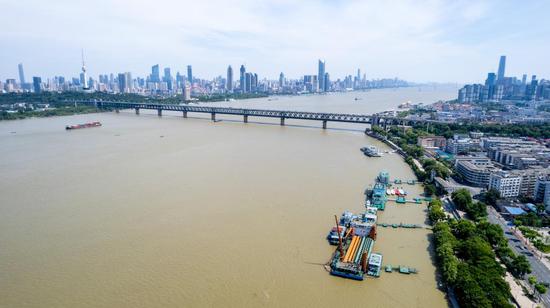

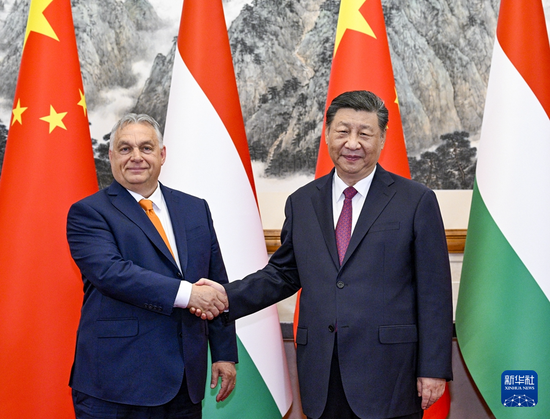

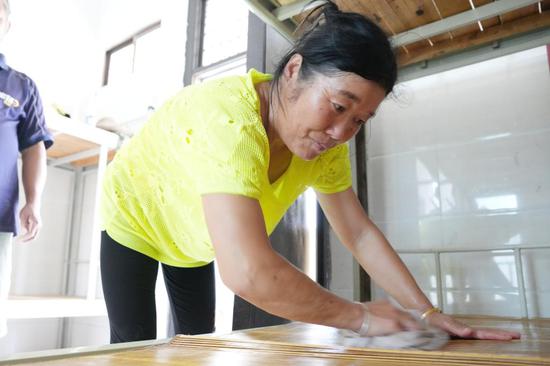




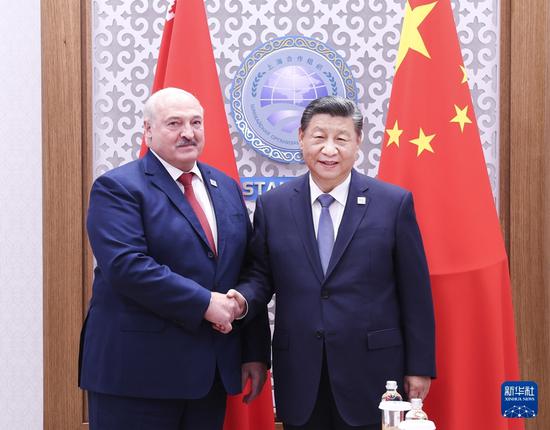
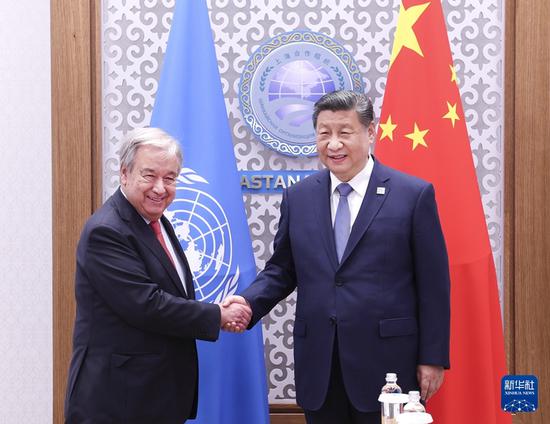
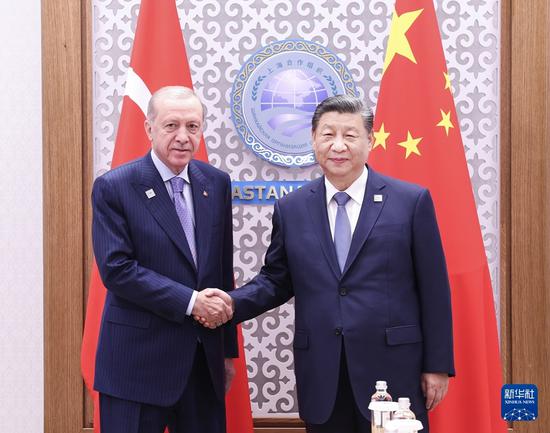
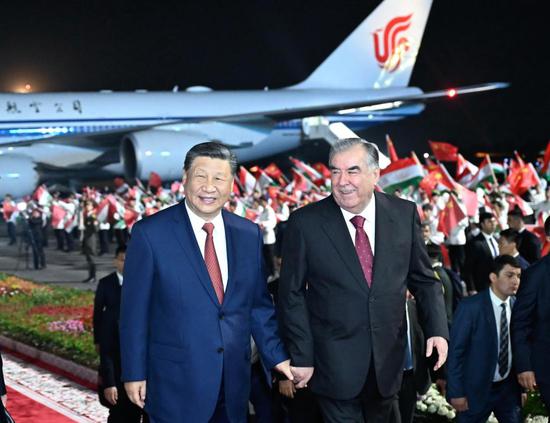
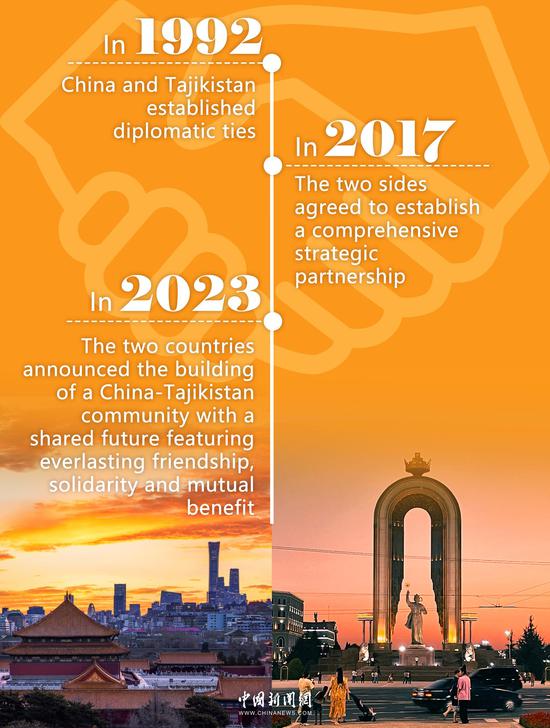
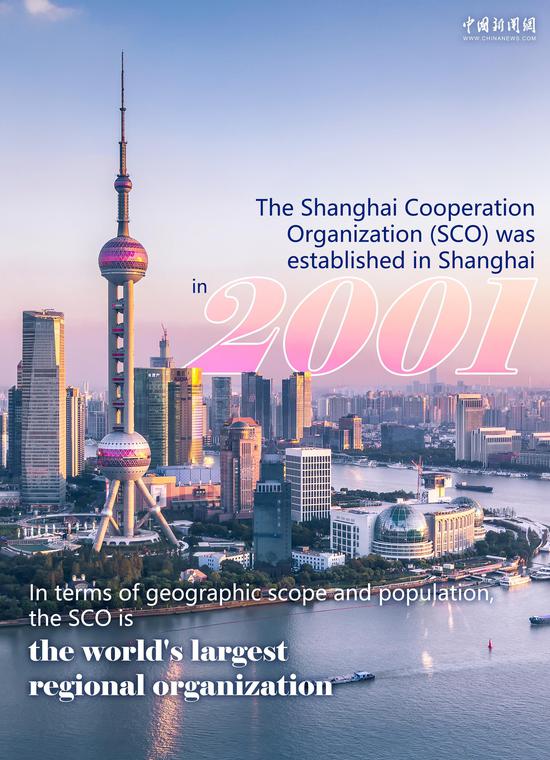

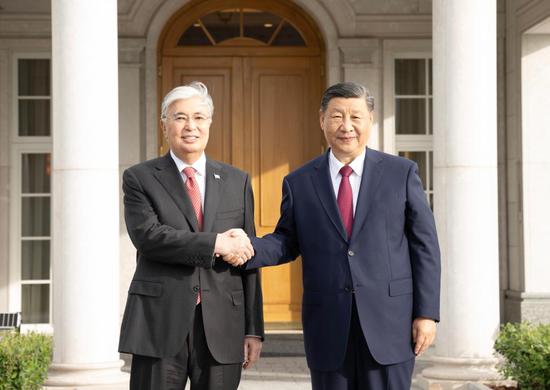
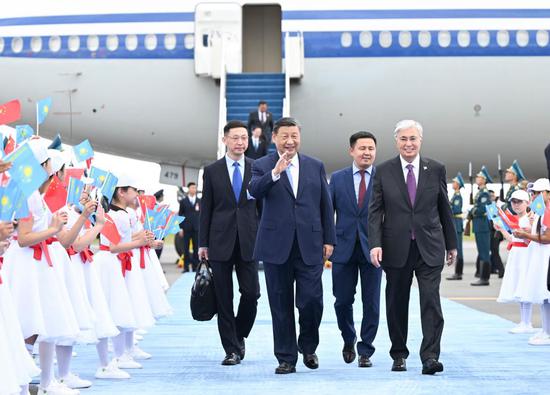
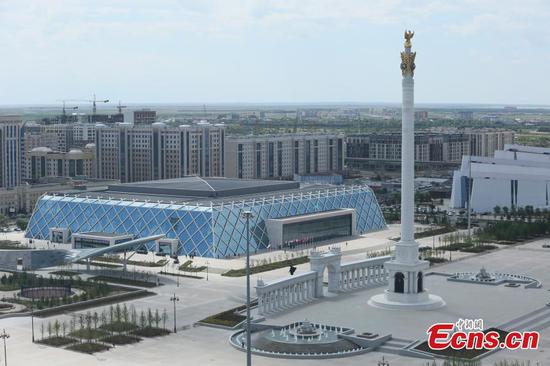


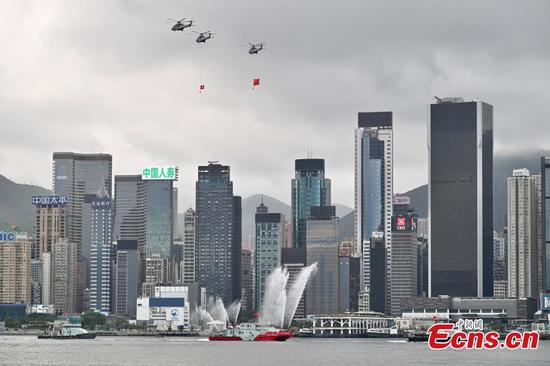
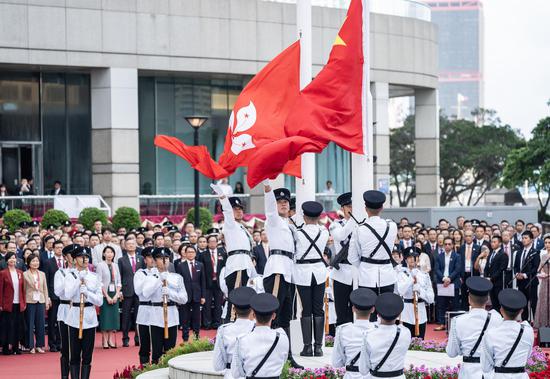
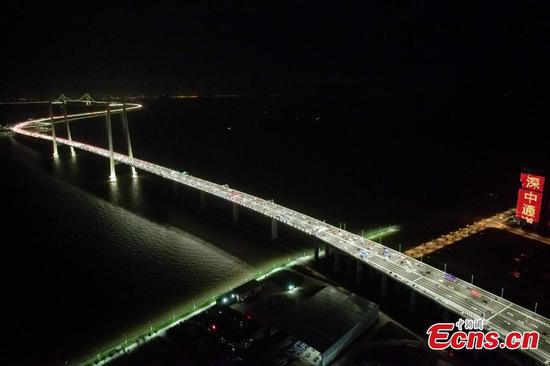





 京公网安备 11010202009201号
京公网安备 11010202009201号